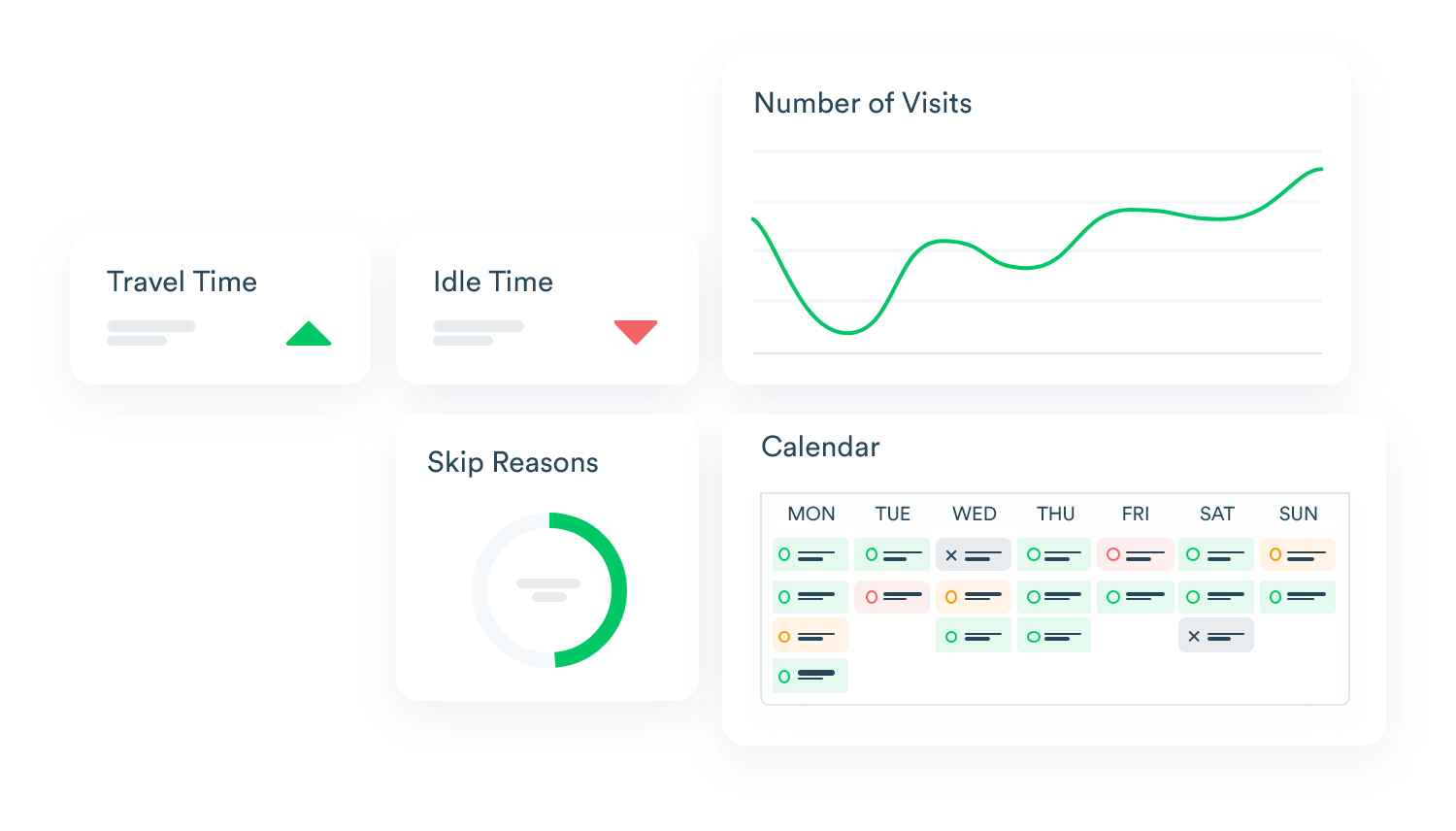Planograms are one of the most important tools that CPG businesses can implement. They help to provide the most up-to-date and accurate information on products in a retail environment and can be used to design optimal displays. Making good use of planograms is a question of understanding their benefits and the best practices for using them. Used efficiently, they can be a highly effective visual merchandising tool that helps to optimize any retail store.
When your business uses the best practices for creating and making use of planograms, you can benefit in multiple ways.
What Is a Planogram?
A planogram is a visual representation of a retail store layout and what’s on the shelves or displays. They present a clear image of the placement of products and displays, in addition to points of sale locations. They are sometimes referred to by other names, such as shelf space plans or retail schematics. In addition to helping to find the best placements for products in a store, they can also make inventory management easier by providing information on what’s currently in stock.
How Are Planograms Used?
Planograms are only useful if you know how to use them. Being able to implement them in an effective way ensures they provide a benefit to your business, saving you time and money. Planograms can be used to show how much space is on the shelves, where different products are located, and how they are displayed. They can help to maximize sales and reduce wasted space when you use them appropriately.
Types of Planogram
There are some different types of planograms that can be used in different ways. They can be divided into two basic types, which are floor plans and shelf space plans. Various other types of planograms can be considered too, using different strategies. For example, planograms can be created with a focus on product placement based on market share, margin, or commercial status. The block placement technique places products together, regardless of their market share or margin. There are also horizontal and vertical product placement strategies.
Planogram Best Practices
Using the best practices for planograms will help to ensure your business is implementing planograms in the most useful way. You can approach planograms in multiple ways, but it’s important to use strategies that will help you to maximize your use of space and sales.
Have objectives
Before you start creating planograms, you should try to outline your goals. Why are you making planograms and how do you expect them to help you? You may need to create a new planogram when you are launching a new product, creating a new concept, or putting on a sale. Define the objectives behind planograms and how they will help you to improve in-store operations.
Use data
It’s crucial that you have the right data to help you build planograms that work. Without the data that you need, you could just be placing products randomly and hoping that they will work where you put them. You can use historical data to determine any changes that might need to be made and how you can optimize your shelf space. After creating planograms, you can continue to collect data and improve them based on sales.
Keep the shopper in mind
It’s always important to think about the way shoppers behave when you are planning how to use your retail space. Knowing your customer makes it easier to make better decisions about product placement. One of the easiest things to do is to keep products at eye level, which is a great way to increase the attention they get and ultimately the sales made. Take the shopper’s needs into account, from finding what they need to lifting heavy items.
The Benefits of Planograms in Retail
Planograms deliver a variety of benefits to retail businesses. When you are seeking to make better use of the available space while increasing sales, planograms can help you to achieve these goals.
The benefits of planograms include:
- Determining how much space profitable products need on your shelves.
- Deliver consistency across retail activities, dictating product placement and creating a consistent customer experience.
- Increase visual appeal by keeping shelves and displays neat and attractive.
- Boost opportunities to cross-sell by determining the best places for complementary and supplementary products.
Use planograms to maximize retail space and increase sales through optimal product placement. Our Portfolio Visibility toolkit make it easier to create and implement your planograms for the best results across your retail locations, while you audit product availability to manage inventory.



